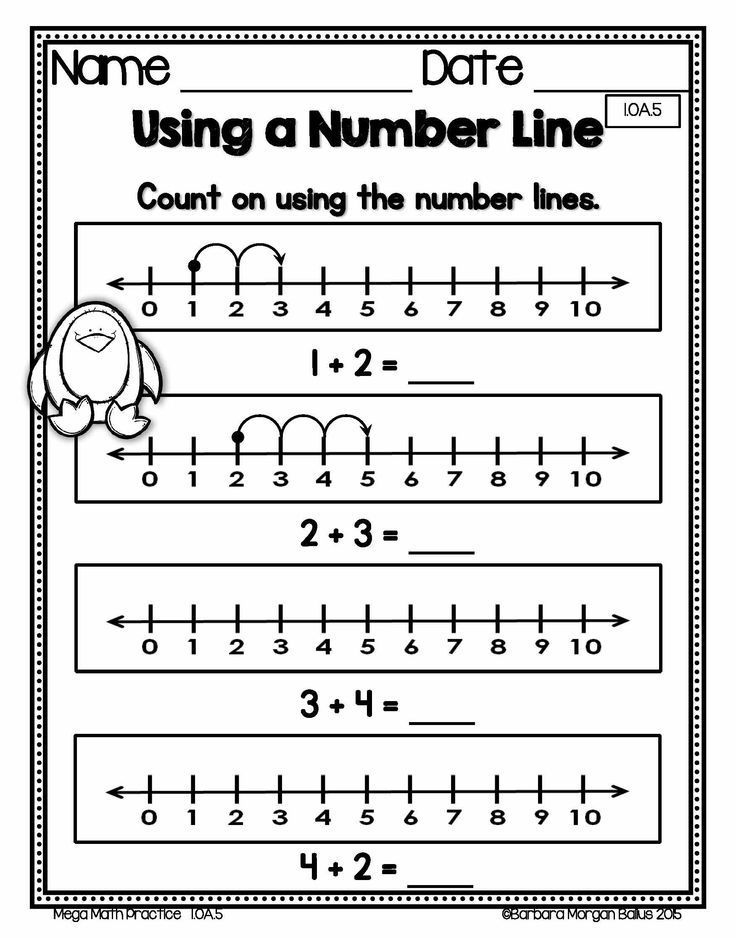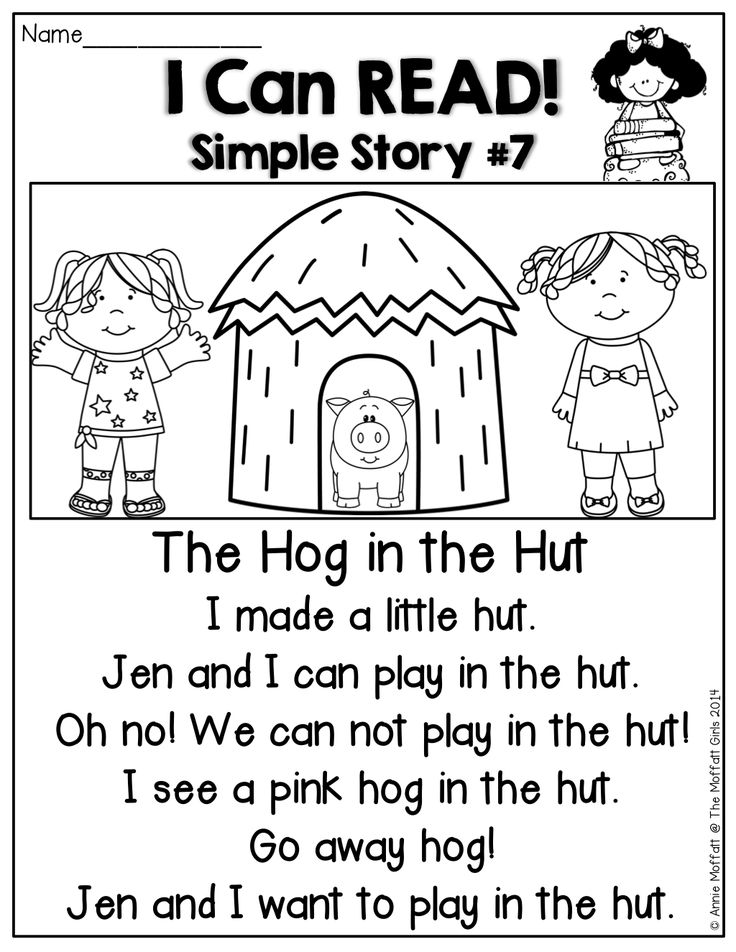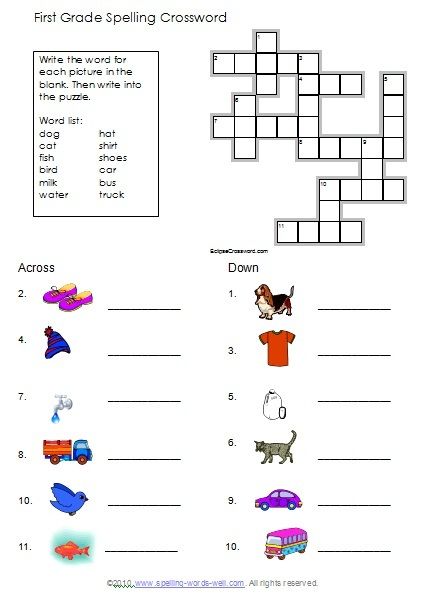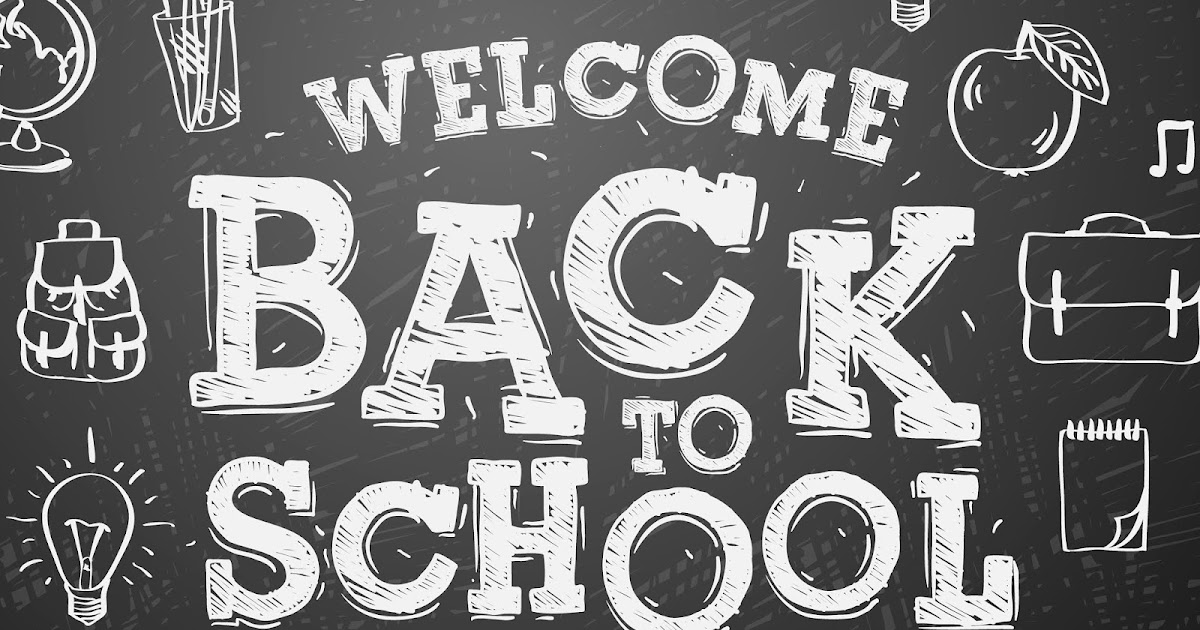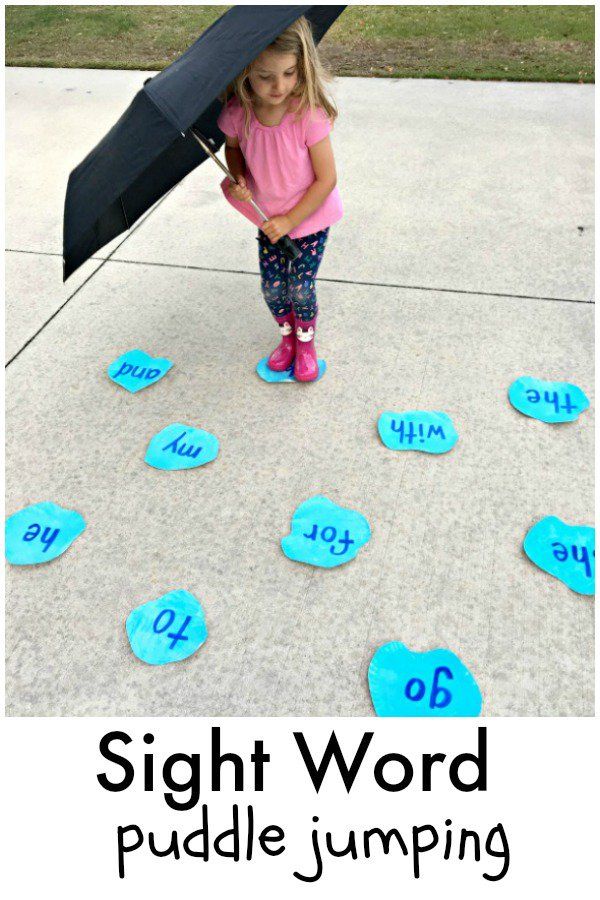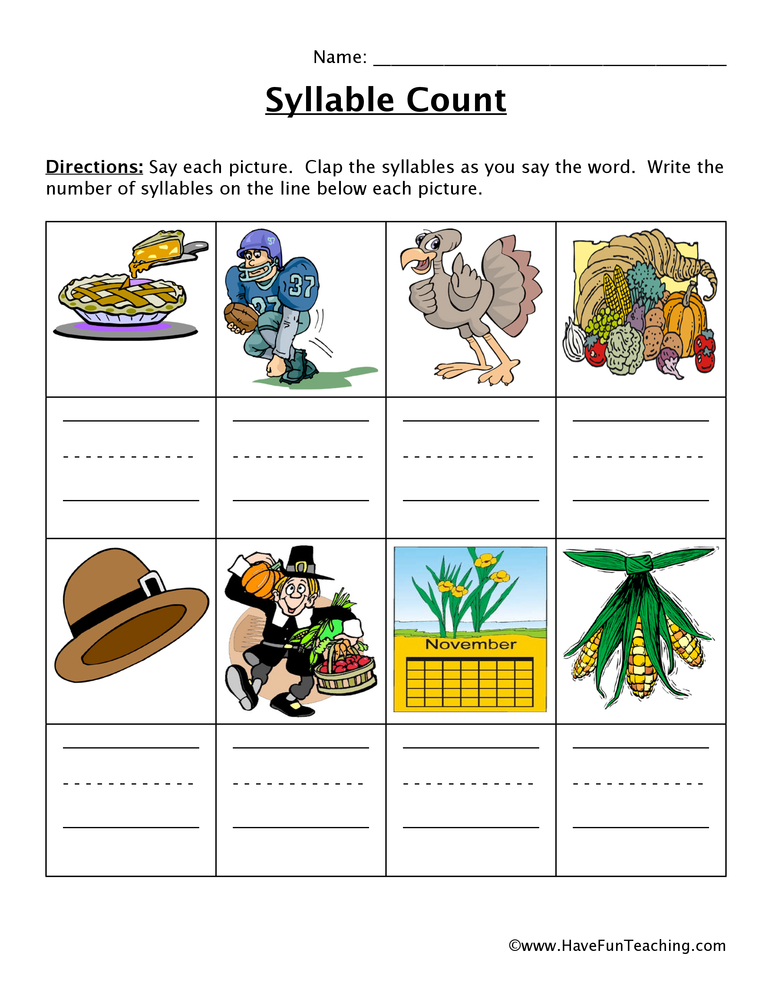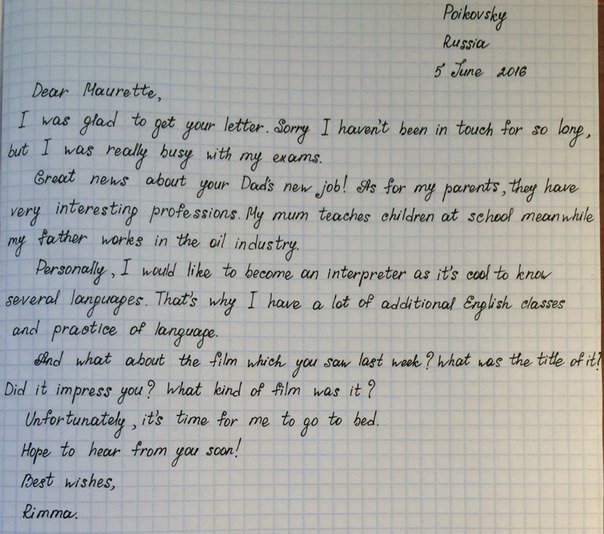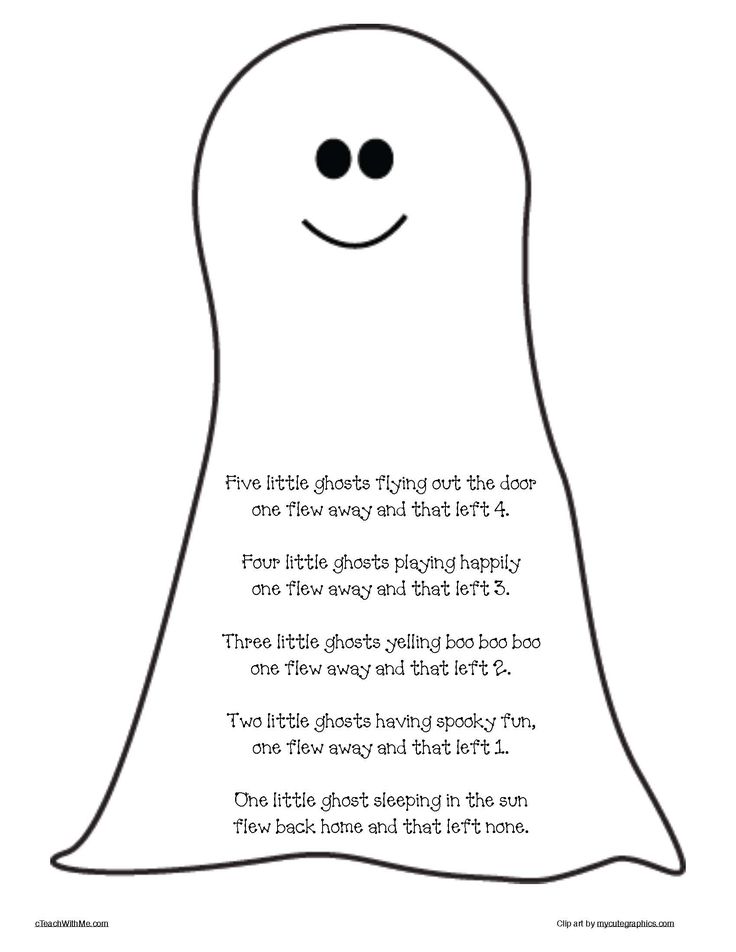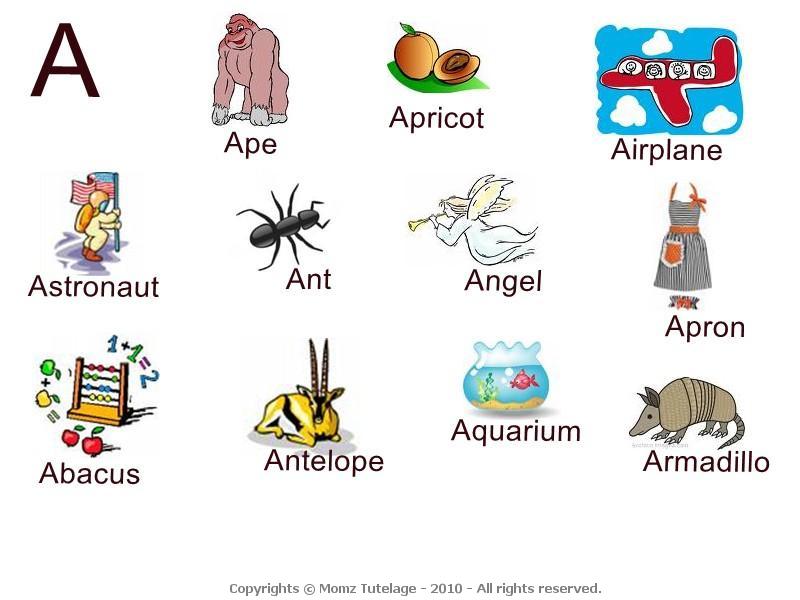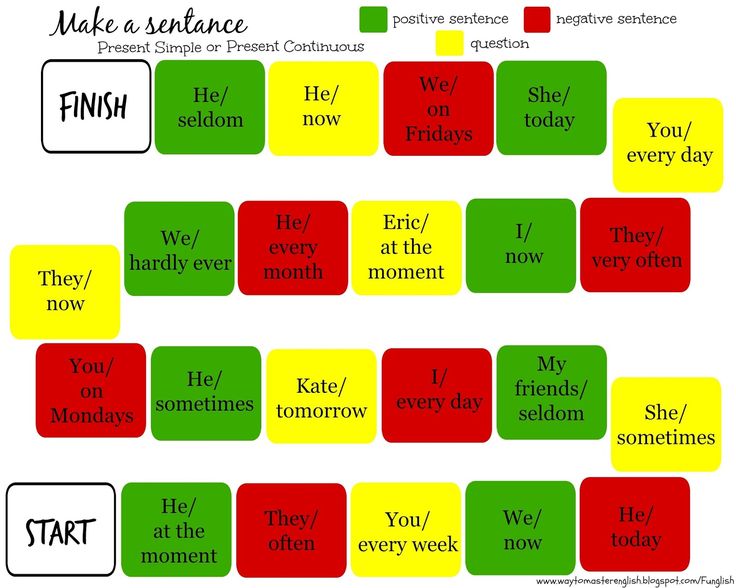Activities in math
7 Classroom Math Activities That Will Make Math Engaging and Fun
Back to Articles
Fun, hands‑on math games are a great way to make early math concepts clear and keep your students engaged.Introducing math games into the classroom is a great way to make learning fun, engaging and motivating for young learners.
And the best part about starting early (kindergarten to grade 2) is that it helps your students to develop a positive attitude toward math from an early age, setting them up for a successful academic future.
Here are some fun classroom math activities that will have your students begging to do more.
Math Bingo
This math game is sure to become a fast favorite with your students. You can choose whatever skill you want to review, such as addition, subtraction, or number sequencing. The game works just like regular bingo, except students have to solve math problems in order to know what number to mark off of their sheet.
To prepare, make a list of 25 math problems (e.g. 2+1, 3–0, or 2, 4, 6, _ ). Write the answers on the same sheet of paper.
Create your own 5x5 bingo cards or generate them online. At random, write the answers on the cards using the solutions from your list. There should be a bingo card for each student playing. You can laminate the cards to use for next time and have students place pennies or rocks to mark their answers.
Make a paper plate clock
Are your students learning to tell time this year? This hands‑on craft activity is a fantastic way to practice this important skill.
Start with a paper plate and make a small hole at the center. Students should write the numbers in the correct places. Using colored paper, they can then cut the clock hands to the right size and secure them using a split pin from the center. You can even use a second plate (different color) for students to write the minutes. Glue the second plate to the bottom of the first so that it creates a rim.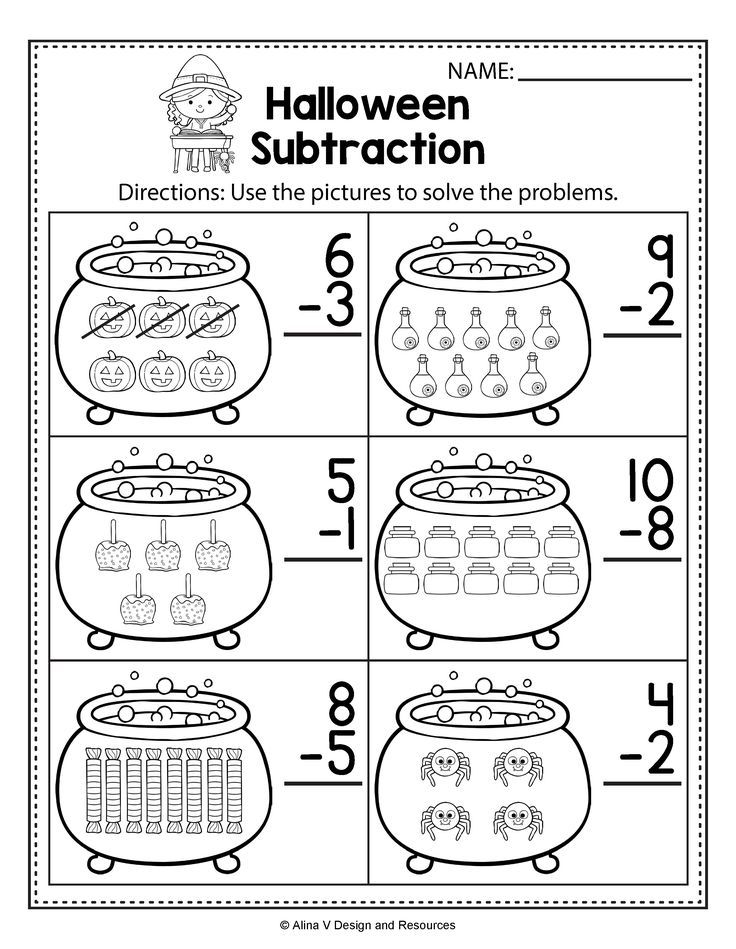
Guess the weight
Children love playing guessing games, and when it comes to whether something is heavy or light, there can certainly be a few surprises in store for them.
Gather several items and spread them across a table. One at a time, ask students to guess the weight of each item and write their predictions in one column on a page (you can create a simple template for this too). Using kitchen scales, invite individual students to weigh each item and record the correct answers in a second column. You can also add a column in between and pass each item around the class, so students can guess the weight after holding each in their hand.
Hopscotch math
This game is a great way to get your students outside on a nice sunny day. Using a piece of chalk, draw a hopscotch grid on the pavement mimicking a calculator layout. Ask students to form a line and one by one, give them a simple operation (e.g. 2+3, 5–0). Students should take turns hopping on each element of the equation in the correct order, landing finally on the answer.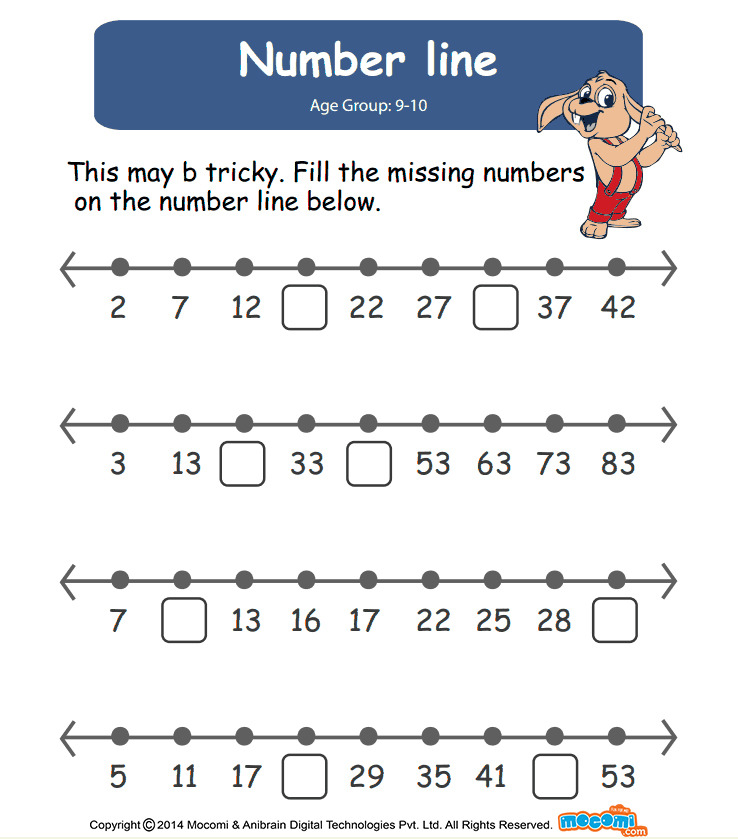
In another game, you can call out a number and ask students to hop on any equation that equals to that number. For a fun twist, ask students to hop on one leg for odd numbers, and two legs for even numbers.
Hopscotch math is a fun activity which helps students to practice simple operations.Pizza fractions
Fractions can be tricky, so this activity can really help students to visualize key concepts. Create an instruction sheet with five different fractions on each (you can create several so different students get a different set). Students should create a pizza (using construction paper, or even the inside of an empty pizza box) and decorate the toppings to represent each fraction.
For example, if they had a quarter (fourth), they should cover one-quarter of the pizza with a specific ingredient (e.g. mushrooms or pepperoni).
'Lengthy' scavenger hunt
Divide students into groups and give each group a list of measurements and a measuring tool (e.g. a ruler, tape, trundle wheel).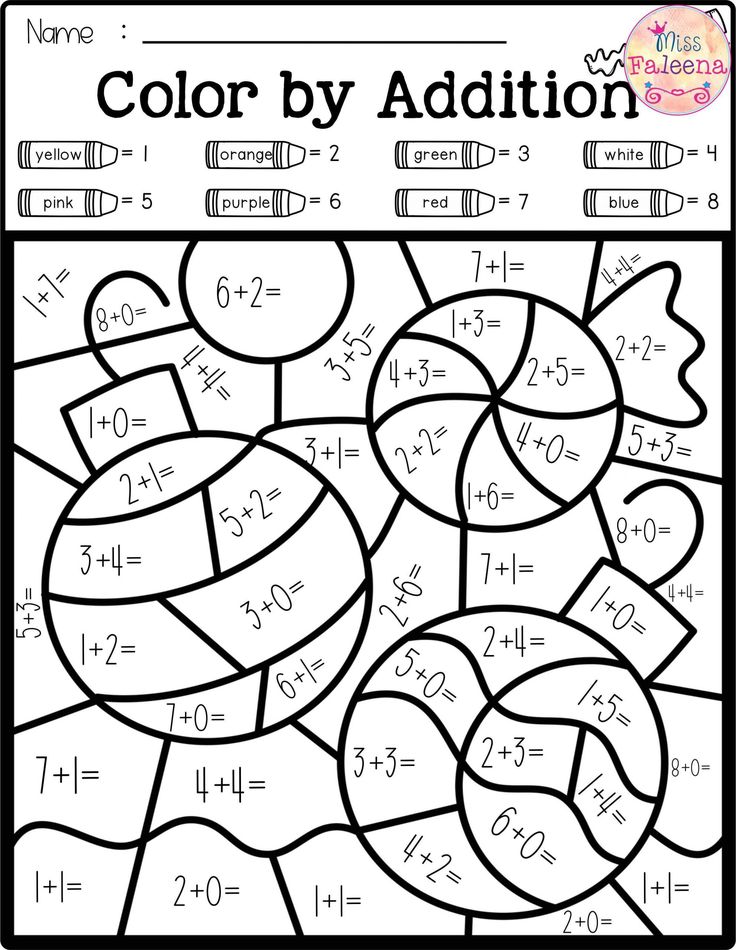 Instruct students to find items that are exactly the length of what they have listed. For younger students who haven't yet been introduced to measurement, draw various lines on their sheet and ask them to find items that are exactly the same length.
Instruct students to find items that are exactly the length of what they have listed. For younger students who haven't yet been introduced to measurement, draw various lines on their sheet and ask them to find items that are exactly the same length.
Make sure you prepare items beforehand and place them in a safe and visible spot. This activity can be done outside or in the classroom.
Survey and graph
Ask each student to think of a question they’d like to survey their fellow classmates on. For example, they might like to ask their classmates what their favorite animal is out of a dog, monkey, pig, or chicken. Give students time to walk around the classroom quizzing each other and recording their data.
Once students have collected enough data, ask them to represent their results by building a bar graph using linking cubes, blocks, or Legos. They can use sticky notes or bits of paper to create labels above each bar. Take a photo of each student's graph, which you can later print out to create a class collage to display.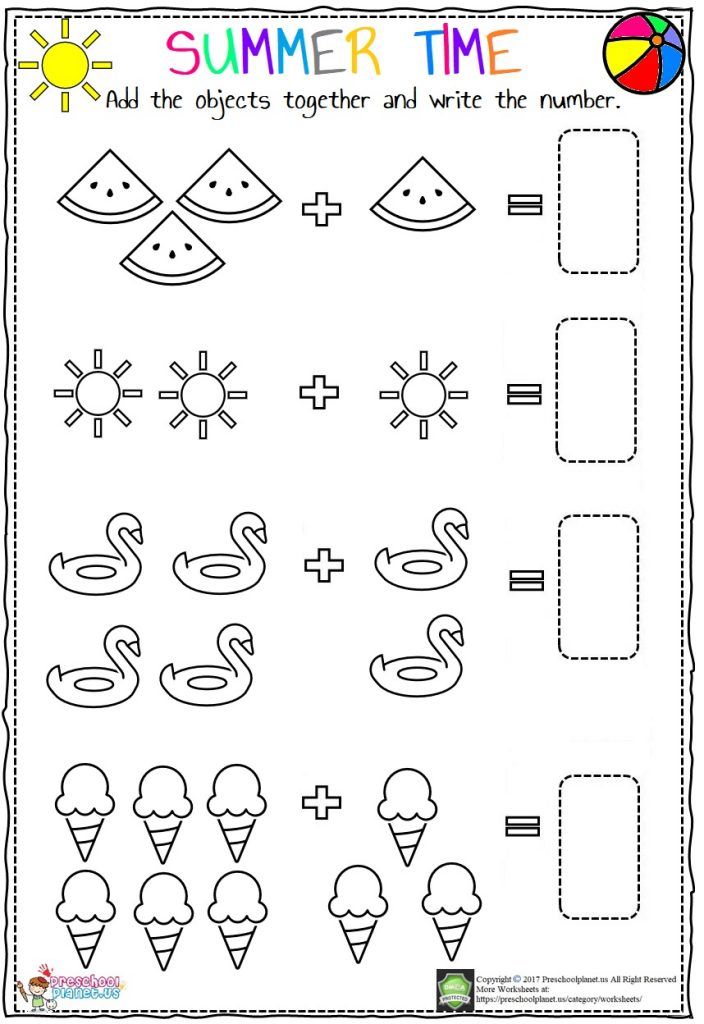
Looking for new ways to make elementary math fun? Mathseeds is a research-based online math program specifically designed for students in grades K–2. Created by a highly experienced team of elementary teachers, Mathseeds provides self-paced lessons, fun games, automated reporting, and a range of teaching tools to help your elementary math students succeed. Sign up for a free trial today.
25 Fun Math Activities for Middle & High School Students
By: Virginia | Feb 19, 2021 12:15 PM
If math is your student’s least favorite subject, everything from classes to homework to studying for quizzes and tests can be like pulling teeth.
But with an extra dose of creativity and fun, dread can turn to delight!
Like any challenging (and important) skill, mastering key math concepts takes practice; unfortunately, that can often look like a worksheet or some other list of tasks that feels more like a mental laundry list than a puzzle kids would be eager to solve.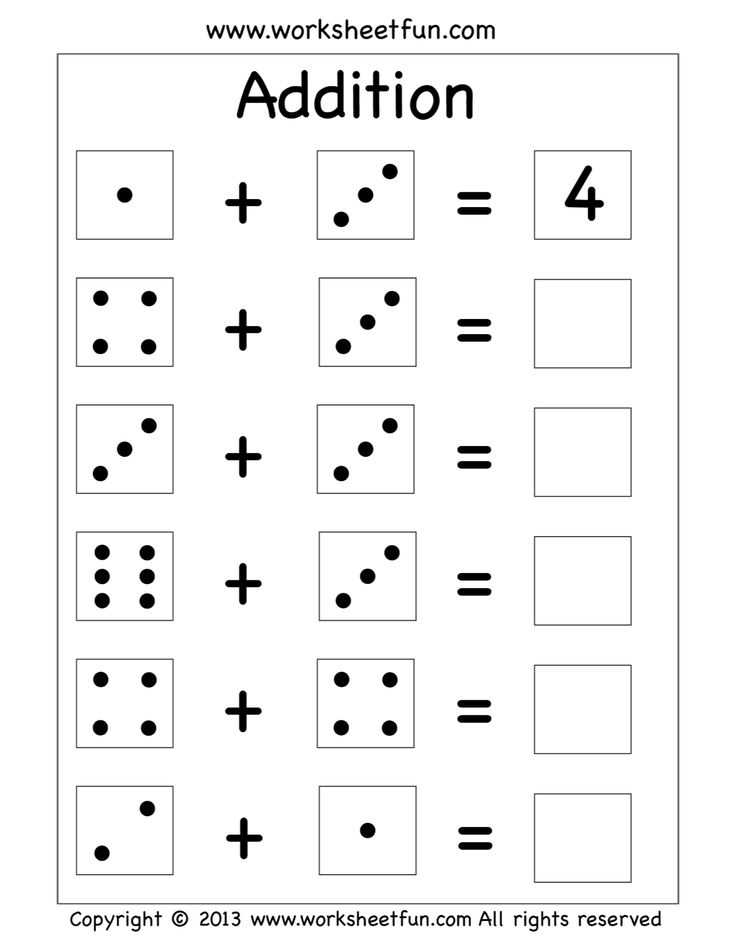
This genre of practice can be necessary, don’t get me wrong, but if you could use a little help in giving math practice a makeover, we’ll need to step outside that box. The good news is: making math fun to learn for kids isn’t a mystery, and these ideas are simple to implement at home with elementary, middle, or high school students.
Here are 25 fun activities that will spice up your child’s learning routine, plus they’ll reap the benefits of “gamified” learning: increased motivation, engagement, and pure enjoyment of learning just for the sake of it.
More good news: reluctant and enthusiastic mathematicians alike will get a kick out of gamified learning. Take a look with your student, and pick out a few to try this week!
Fun Math Activities for Elementary and Middle School Students
1. Play Math Tic-Tac-ToeThis handy resource adapts the classic Tic-Tac-Toe game for a range of skills and grade levels. Best for elementary and middle school students, this activity can be a quick brain break or an all-out challenge with a prize at stake.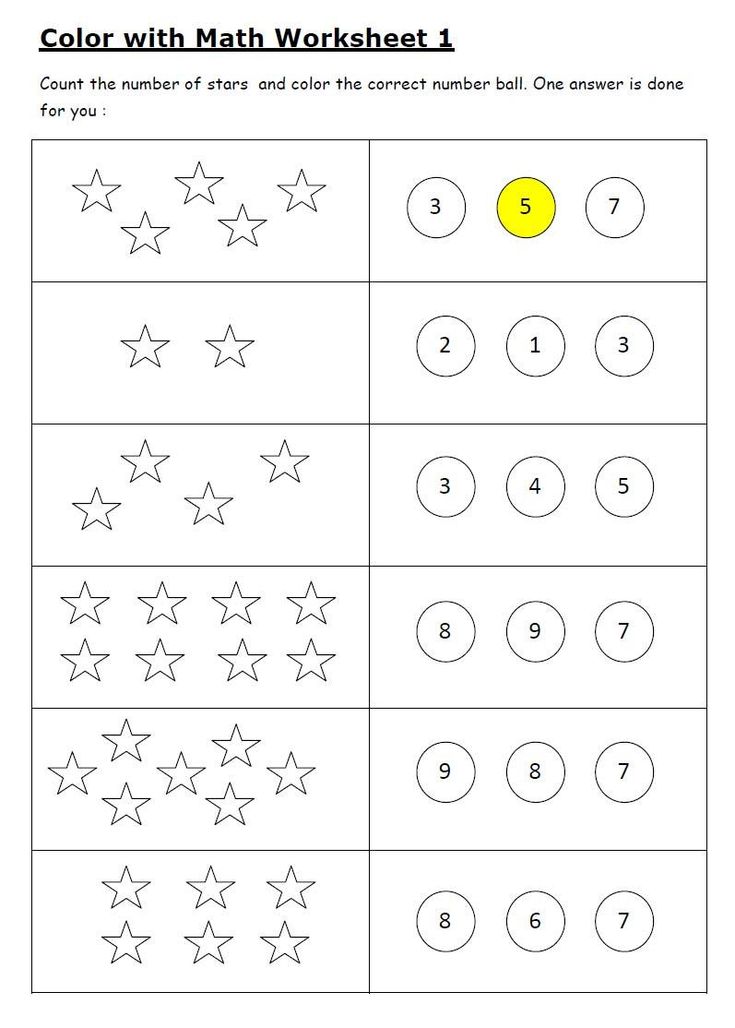
As the website cleverly describes this game, it "raises math fun to a higher power”! Kids will enjoy playing against parents, siblings, or friends, and they’ll have an extra incentive to master the exponents they’ll need for science and math class.
3. Explore math with MinecraftYes, you read that correctly! Minecraft has an incredible math educator’s guide that’s guaranteed to intrigue young gamers who could use an extra incentive to bolster their math skills. Learn more about the incredible educational applications of Minecraft.
4. Tackle Fantasy Football EquationsThough football season may be over, this activity is a great one to stash away for the next draft. Algebraic equations can be challenging for many middle school students, and this sporting twist will not only make the practice more bearable, kids will get to see the (sometimes elusive) real-world application of what they’re learning.
And here is an expert tutorial if your student could use some extra help solving for x.
5. Roll Into a Subtraction Dice GameThis foundational skill becomes a lot more enjoyable in game form, and students will strengthen their mental math muscles as they play.
6. Slice Some Sandwich FractionsIdeal for lunch time, kids will be extra-motivated to master proportions and fractions. Converting fractions into decimals, or vice versa? These tutorials will help your student convert the numbers in a trice.
7. Play Math JeopardyFrom averages to exponents to algebra, these pre-designed Jeopardy games will elevate study time and make review something to look forward to. Kids can compete with siblings or virtually with friends!
8. Pull Off an Order of Operations HeistTo crack the safe in this online game, students must correctly use the order of operations. Kids will need to know this to solve math problems, but as they master the skill, a reward like pulling off a heist is a useful motivator.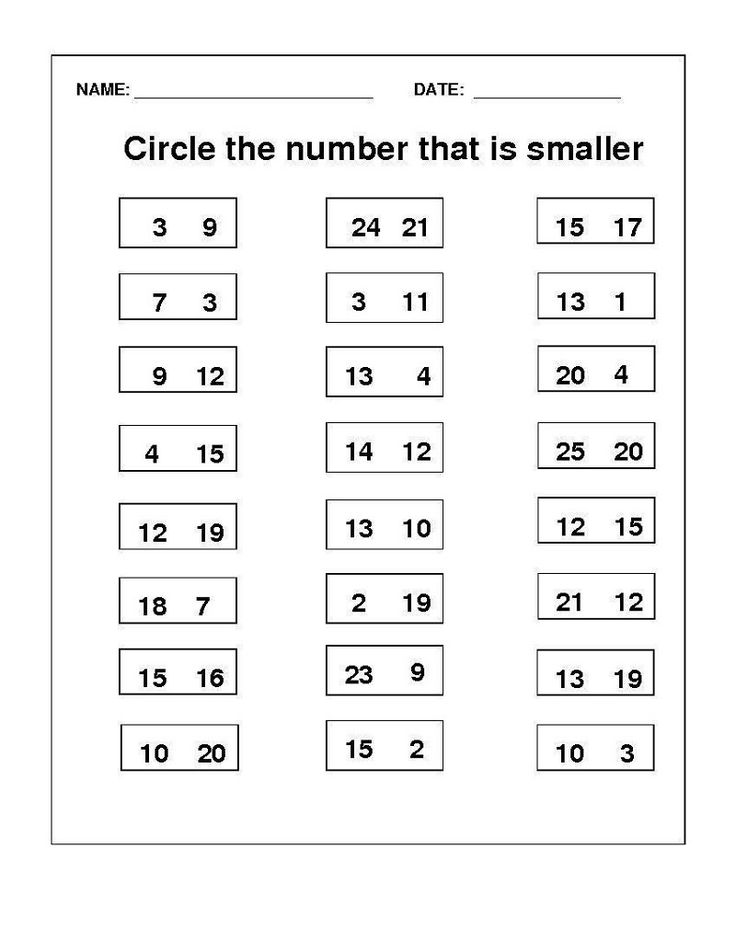
If you’re looking to revamp your family’s board game collection, why not infuse some fun with math? Proof!, Prime Climb, and Real World Math were each created by teachers and boast hundreds of rave reviews from parents.
10. Bring Math to the Grocery StoreDiscounts, fractions, budgeting—there are so many mathematical applications when it comes to shopping for kids’ favorite foods. This activity can easily be done virtually through grocery delivery services or online shopping.
11. Battle in a Multiplication “War” Card GameThe game that has entertained kids for countless hours gets mathematical in this rapid fire edition of “War”.
12. Hit the Negative Number PiñataLearning to add and subtract negative numbers can be tricky. So, to stave off student frustration, this game is a fun way to practice. Plus, this platform offers quick tutorial videos as well, just in case your student could use a refresher.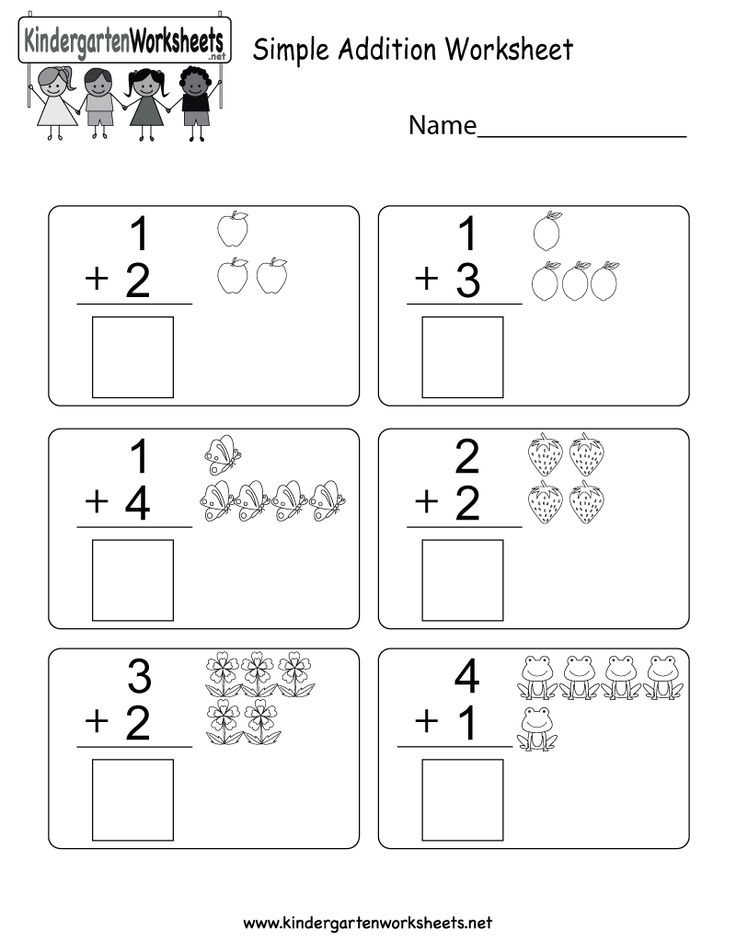
Who doesn’t love a great scavenger hunt? Not only would this make a great at-home (and outdoor) activity, kids will practice graphing coordinates and slopes in a hands-on way.
14. Shop for Algebraic Reasoning SweetsA sweet introduction to algebraic thinking, this is one of many colorful games Math Playground offers. Players solve for the value of each candy in this online “sweet shop.”
15. Jump into Multiplication HopscotchKinesthetic learning, or learning through movement, is a great way to increase students’ engagement (and energy levels). If your student is learning to memorize multiplication tables and could use a break from paper and pencil, take a break outdoors with some chalk, and get moving!
16. Place Value with LEGOYoung learners mastering place value will benefit from the visual and kinesthetic aspects of exploring the concept with LEGO.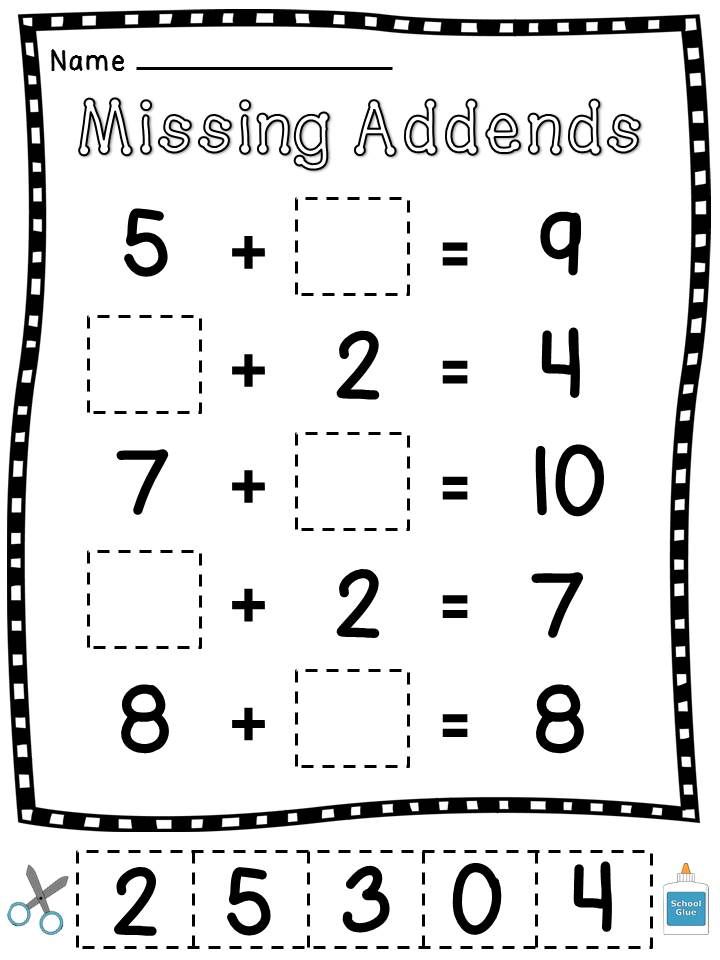 This activity will work with just about any LEGO set you have on hand.
This activity will work with just about any LEGO set you have on hand.
Fun Math Activities for High School Students
17. Launch into Space with Math & NASASTEM worlds collide in NASA’s math series! This website offers activities for algebra, geometry, and pre-calculus paired with the innermost workings of space exploration.
18. Explore Statistics with Real-World ScenariosThis probably sounds familiar: when will I need to know this in real life? This range of expertly-designed activities provides valuable connections to practical scenarios that will satisfy even the most skeptical students.
19. Dance With a Transversal Geometry GameThink of this fun activity as the antidote to the geometry doldrums. Kids can pick a soundtrack (or use one of the pre-made options), clear the room, and dance their way to knowing all about transversals.
Fun Math Activities for all Ages
20.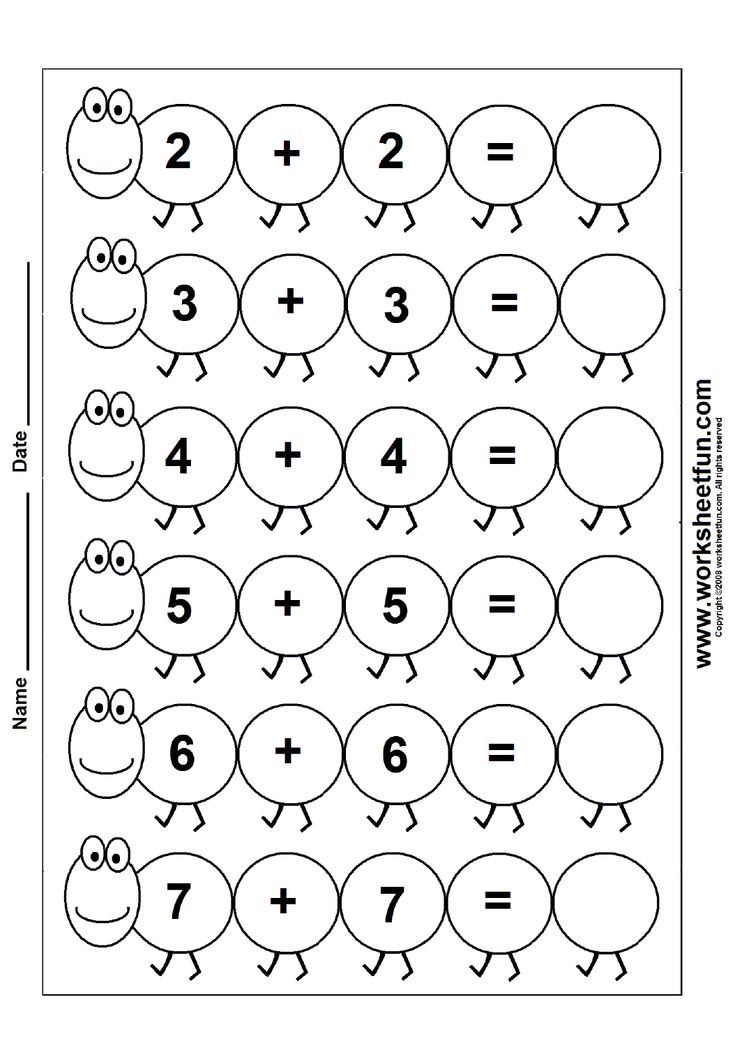 Embark on an Interdisciplinary Project
Embark on an Interdisciplinary ProjectConnecting new (and potentially dull) subject matter to an area of students’ interest is a well-known best practice in education. This resource provides some excellent interdisciplinary projects that blend math skills with art, history, fascinating places around the world, and more.
21. Set Sail with a Quadratic Equation ShipwreckIf your student is just getting the hang of quadratic equations (or perhaps brushing up for a quiz), this game is a perfect way to practice.
22. Plan a Pi Day ExtravaganzaPi Day, March 14th, is just around the corner, so why not make it a celebration of this all-important number! Check out these elementary and middle school activities, fun games and puzzles for all ages, high school activities, and pi card race to make the day memorable and bring smiles back into the equation.
23. Solve a KenKen PuzzleThis game was called “the most addictive math game since Sudoku” by New York Times games editor, a winning testimonial if ever we’ve heard one.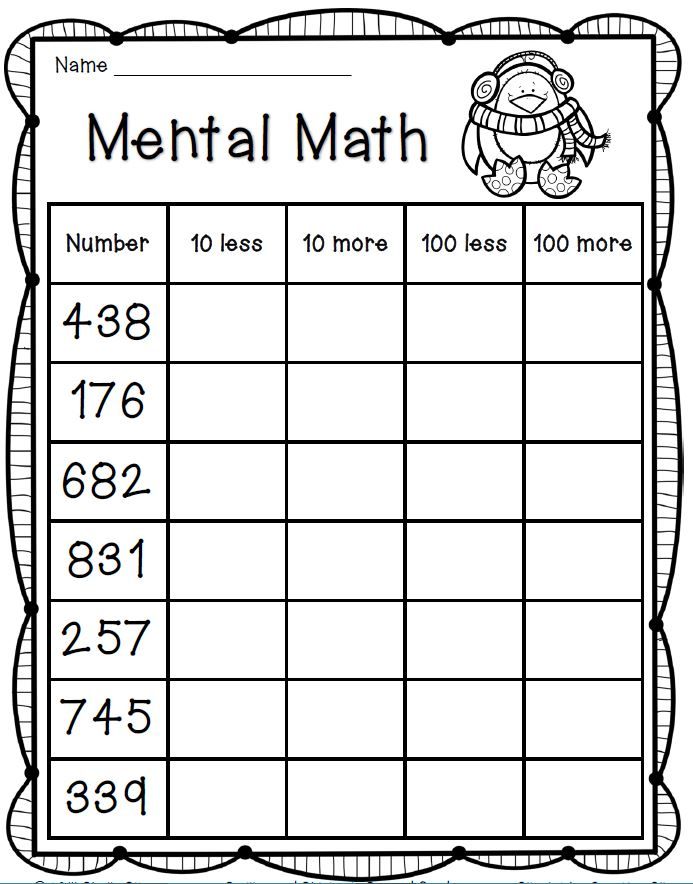 KenKen puzzles are a great way to practice mental math or do a warm up before tackling more complex problems.
KenKen puzzles are a great way to practice mental math or do a warm up before tackling more complex problems.
Upper middle school and high school students will enjoy seeing trigonometry in action in a familiar pastime and in other real-world applications of math concepts. Each activity is interactive and includes short videos and tutorials to give each game context.
25. Learn How to Locate People Lost at SeaThis investigation answers the question: how does the Coast Guard find and rescue those lost in the vast ocean? Turns out, statistical skills are key to these missions. Kids can learn about how they work and have another great answer to the question “why is math important”?
Have Fun with Math Today!
Let us know how your explorations turn out. Looking for a little extra help? iD Tech offers live online math tutoring to help your student succeed and thrive in the classroom.
Options include:
- Pre-algebra tutoring
- Algebra I tutoring
- Algebra II tutoring
- Online geometry tutoring
- Precalc tutoring
- Calculus tutoring
- Trigonometry tutoring
- Statistics tutoring
Plus, our math tips & resources page offers tutorials and more to level up your child's math game.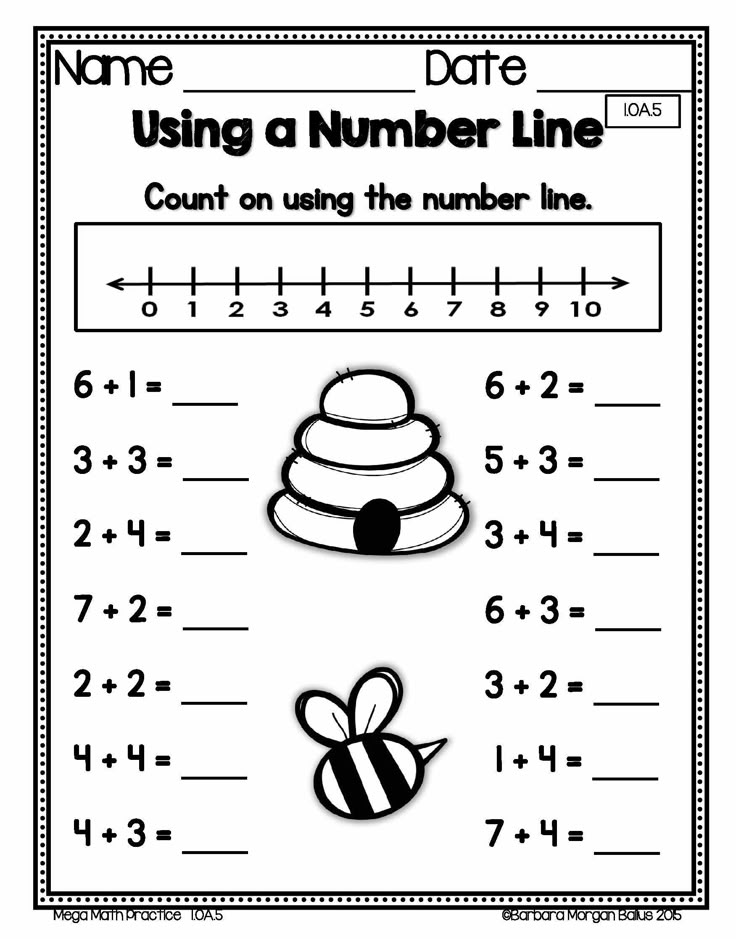
Abstract of a lesson in mathematics in the senior group "Mathematical Journey to a Fairy Tale" | Plan-summary of a lesson in mathematics (senior group) on the topic:
Municipal state-owned preschool educational institution "Kindergarten No. 5 of the general developing type of the urban district of the city of Novovoronezh"
Lesson in mathematics
"Mathematical journey into a fairy tale"
for older children groups
Prepared by the teacher: Korablina A. V.
2018
Abstract of a lesson in mathematics in the senior group
"Mathematical journey into a fairy tale"
Purpose: To continue to form elementary mathematical representations.
Tasks:
- Educational: Consolidate children's knowledge of the sequence of digits in forward and reverse order.
- Exercise in the ability to sequentially name the seasons, months, days of the week, parts of the day
- Consolidate knowledge of geometric shapes.
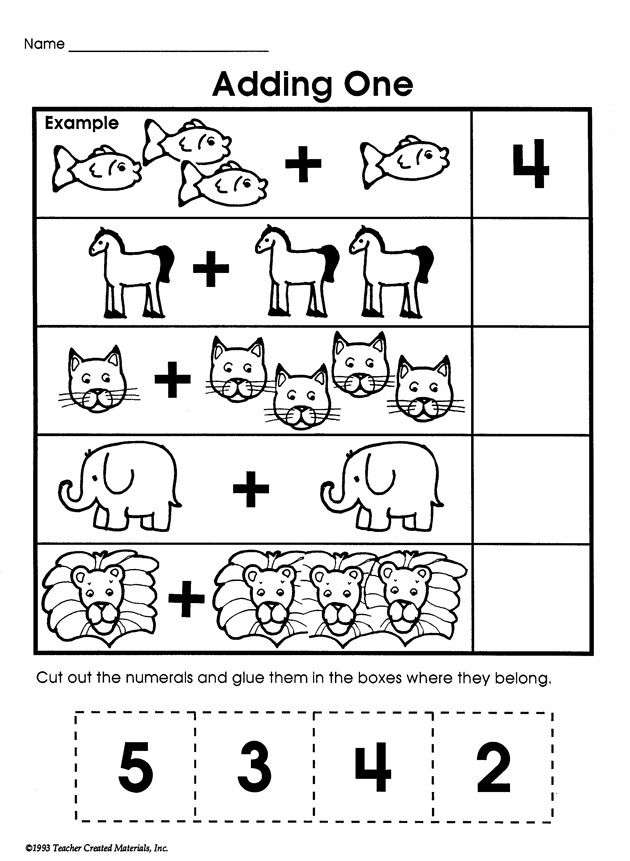
- Strengthen the ability to navigate on a sheet of paper.
Developing:
- Develop social skills, ability to work in a group, in pairs; find solutions and draw conclusions.
- Develop attention, logical thinking, memory and speech.
Educational:
- To cultivate restraint, perseverance, goodwill, feelings of mutual assistance, a desire to help.
Methods and techniques:
Visual: handout figures, illustrations.
Verbal: conversation, questions, riddles
Practical: physical education.
Equipment:
Illustrations, magnetic board, handout numbers from 1 to 10, sheet of A4 white paper, colored pencils.
GCD:
Educator: Guys, do you like fairy tales? Would you like to get into a fairy tale and help our heroes?
Today I want to tell you a fairy tale, a fairy tale is not simple, magical, with mathematical tasks.
And to get into a fairy tale, you need to close your eyes and say the magic words “1, 2, 3 turn around, find yourself in a fairy tale!”
We open our eyes.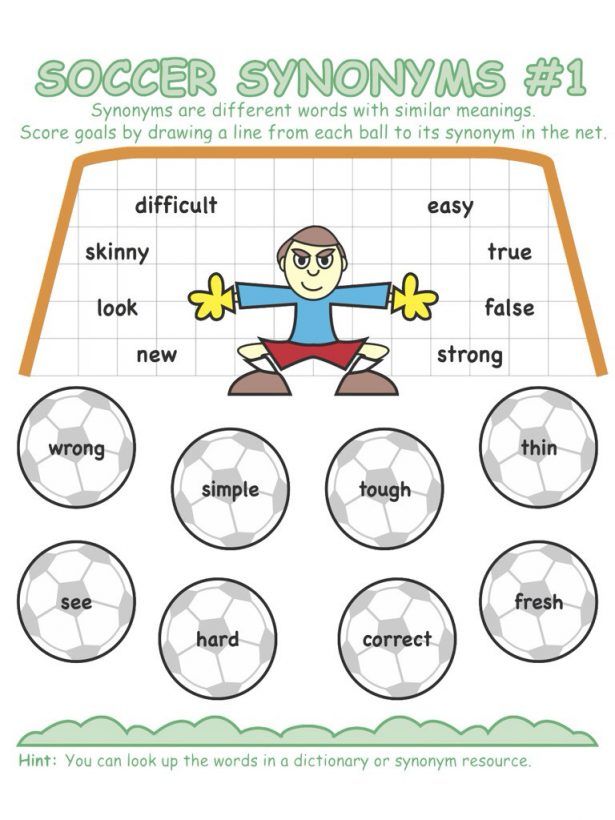 The story begins.
The story begins.
Once upon a time there was a king. And he had a beautiful daughter. Here the tsar somehow left on his royal affairs, but his daughter remained at home. She went out into the garden for a walk, and then the wind came up, picked up the princess and carried her away to the Far Far Away kingdom. The tsar became sad and asked Ivan, the tsarevich, to find the princess. There is Ivan - Tsarevich for a day, for two. Approaches the hut on chicken legs. And Baba Yaga lives there. Tsarevich Ivan told about his misfortune. Baba Yaga promised to help if Ivan Tsarevich answered her questions.
Listen carefully to Baba Yaga's questions:
Educator:
- What day of the week is it today?
- What was the day of the week yesterday?
- What day of the week will it be tomorrow?
- What day of the week will the day after tomorrow be?
- What seasons do you know? Name.
- How many months are there in a year? Name.
- What is the first month of the year?
- Name the parts of the day.
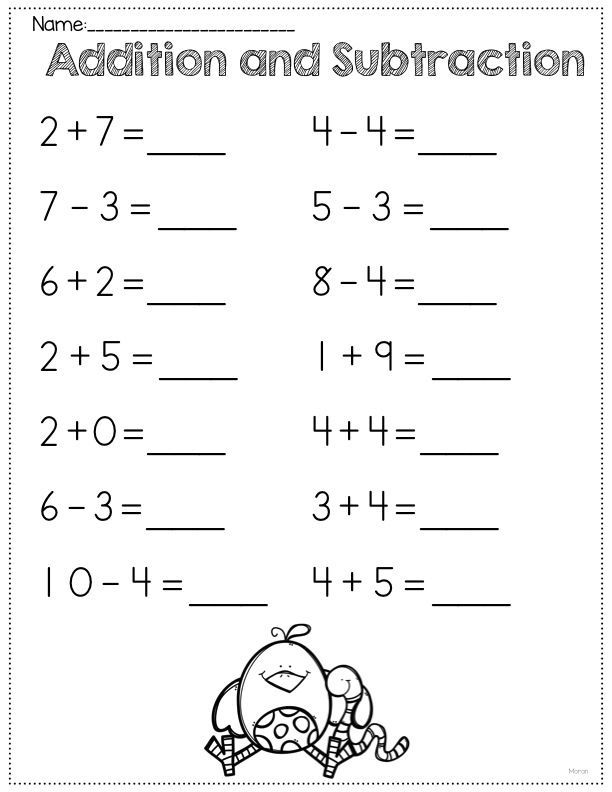
Educator: We coped with the task of Baba Yaga.
Baba Yaga gave a ball and sent the prince to Kikimora. She has a map. The ball rolled, and the prince followed him. The ball rolled to the swamp. And Kikimora appeared before the prince. She listened to the prince and decided to help, and in order to get a card, you must complete her task.
Educator: Let's help Tsarevich Ivan.
To move on, we need to build a bridge across the swamp, but an unusual bridge, but from numbers. From 1 to 9 and vice versa.
(Children lay out the numbers in order from 1 to 9and vice versa)
- Name the number greater than 2 by 1 (3)
- The smallest digit (1), the largest digit (9)
- The digit that is less than 7 by 1 (6)
- 7)
- Show a number greater than 3 by 2. (5)
- Name the neighbors of number 9. (8 and 10)
Educator: Well done! We coped with the task, and Kikimora gave a map to Ivan - the prince can go further.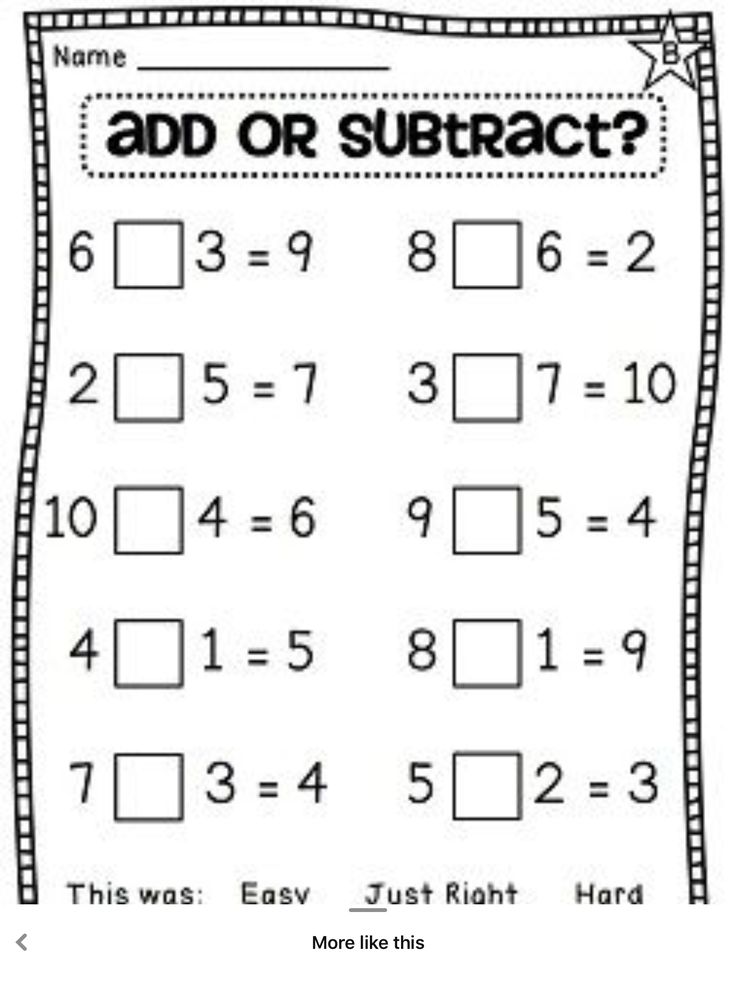 The ball rolled on and led Ivan Tsarevich into the fairy forest.
The ball rolled on and led Ivan Tsarevich into the fairy forest.
-So we ended up in a fairy forest.
Miracles happen in the forest. The forest dwellers prepared a quick wits task:
- How many ears do two mice have? (4) Why?
- How many tummies do 5 hippos have? (5)
- Birds were flying over the river: dove, pike, two tits? How many birds? (3) Why?
- How many hooves does a horse have when the horse lies in the grass? (4) Explain.
- How many houses do 100 ants have? (1)
- How many times a year does Ivan Tsarevich have a birthday? (1
- What about you? (1)
Problems - riddles:
- I found in the hollow of a squirrel
Nine pieces of small nuts.
Here is another one,
carefully covered with moss.
Well, squirrel, here is the hostess!
Count all the nuts! (10) (How did the number 10 come about?)
-Children's answers.
- Six merry piglets,
Stand in a row at the trough!
Pigs left.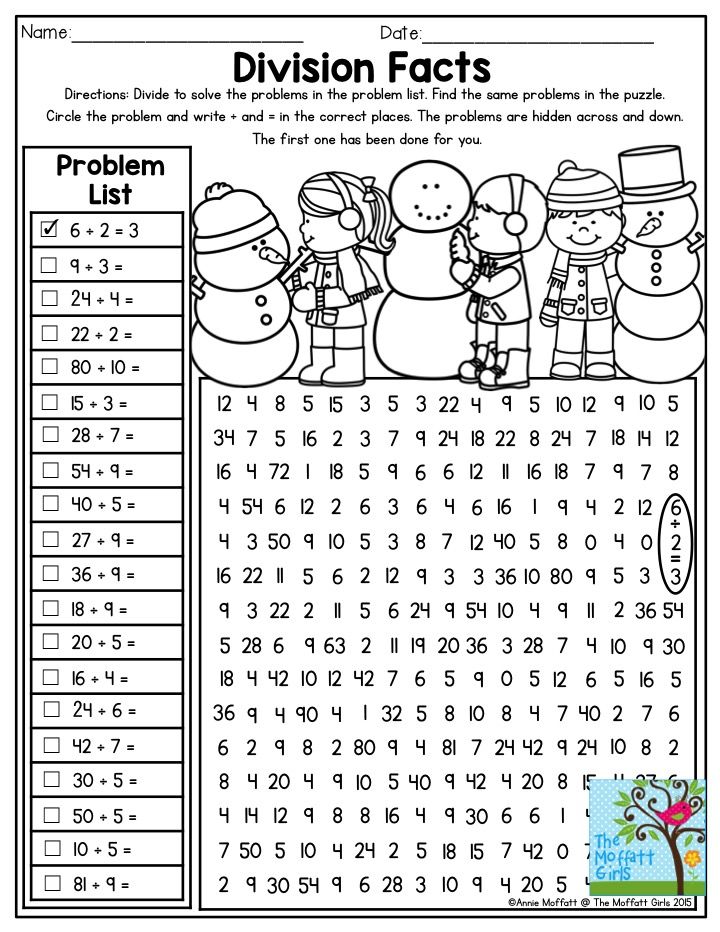 ..(5)
..(5)
- Six puppies
Plus mom-like.
How much will it be?
Count - ka! (7)
- With his nose up high
The hare carried six carrots,
Stumbled and fell -
Lost two carrots. How many carrots does the hare have left? (4)
- One day three chickens,
And with them three mice,
Three merry ones with them,
Washed piglets
Did you run early and play in the clearing? (9)
- Three hares, five hedgehogs
They go to kindergarten together.
We will ask you to count,
How many kids are in the kindergarten? (8)
Well done, guys! Done with the task!
Are you a little tired?
The inhabitants of the forest advised me to gain strength in order to move on.
Physical education minute
Ivan Tsarevich:
One - bent down, straightened out,
Two - bent down, straightened out,
Three - three claps in his hands,
Three nods with his head,
Spread his hands to the sides and went, went, followed the princess into the wilderness of the forest,
Suddenly he saw a stump, sat quietly and dozed off.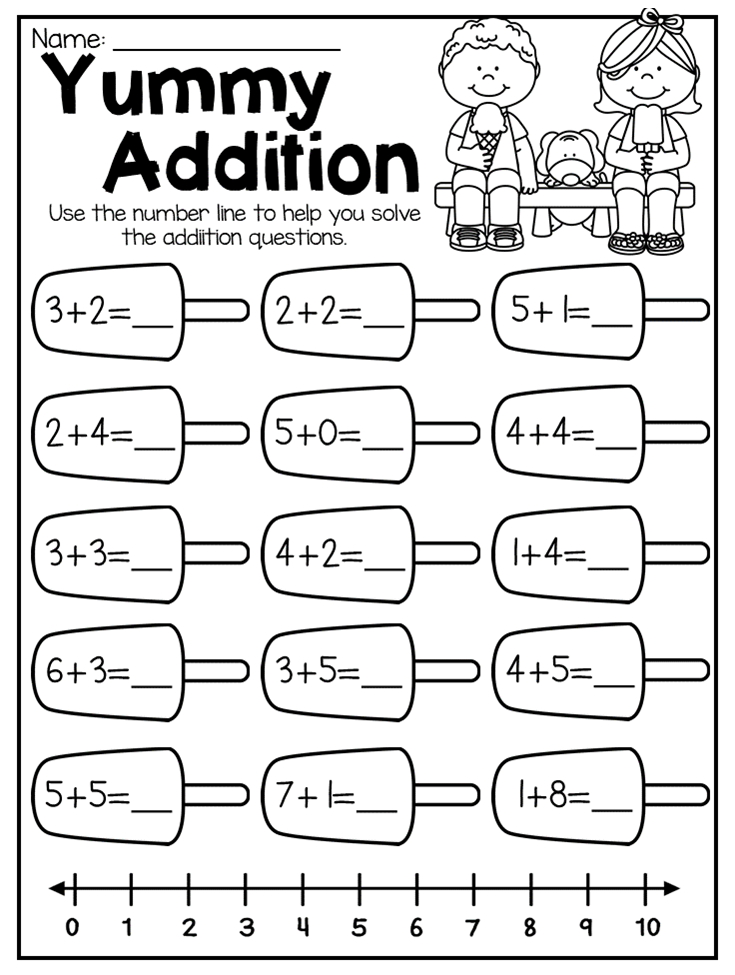
Educator: Children, open your eyes, you see, there is a castle in front of us, in which the princess is hidden. The gates of the castle are closed, there is a high stone wall around the castle! How to get there?
- I came up with it! And let's make a carpet - an airplane, and then Ivan Tsarevich will be able to fly over a high wall on it!
To do this, we need to sit down at the tables and start making magic carpets.
Pencils and paper in front of you. Get ready to listen to the task and draw (Graphic dictation):
- Draw a red square in the upper left corner;
- Draw a green rectangle in the lower right corner;
- Draw a blue triangle in the lower left corner;
- Draw a yellow circle in the upper right corner.
- Draw an orange oval in the center;
- To the right of the orange oval, draw a pink rhombus
- To the left, a purple trapezoid
Educator: now let's check:
What geometric figure did Yegor draw
in the lower right corner?
Where did Polina draw the yellow circle?
In which corner did Dima draw an oval?
Etc.
-Children, how did we decorate our carpets?
Children's answers. (Geometric shapes)
Educator: Well done. Ivan Tsarevich flew over the wall and freed the princess!
They returned to the king and began to live, live and make good!
Educator: And it's time for us to return to kindergarten. Close your eyes and start counting from 1 to 5.
(Children count in chorus)
Here we are in kindergarten.
We visited a fairy tale,
We learned a lot,
We returned back,
Kindergarten is very glad to us.
Summing up:
Where did we guys travel today?
What did you like?
Abstract of the lesson in mathematics "Experts in mathematics"
Purpose: to develop mathematical abilities in children of senior preschool age.
Tasks:
- consolidate knowledge about the days of the week, seasons, the ability to compose arithmetic operations, highlight the condition, question, answer;
- develop ingenuity, visual memory, imagination.
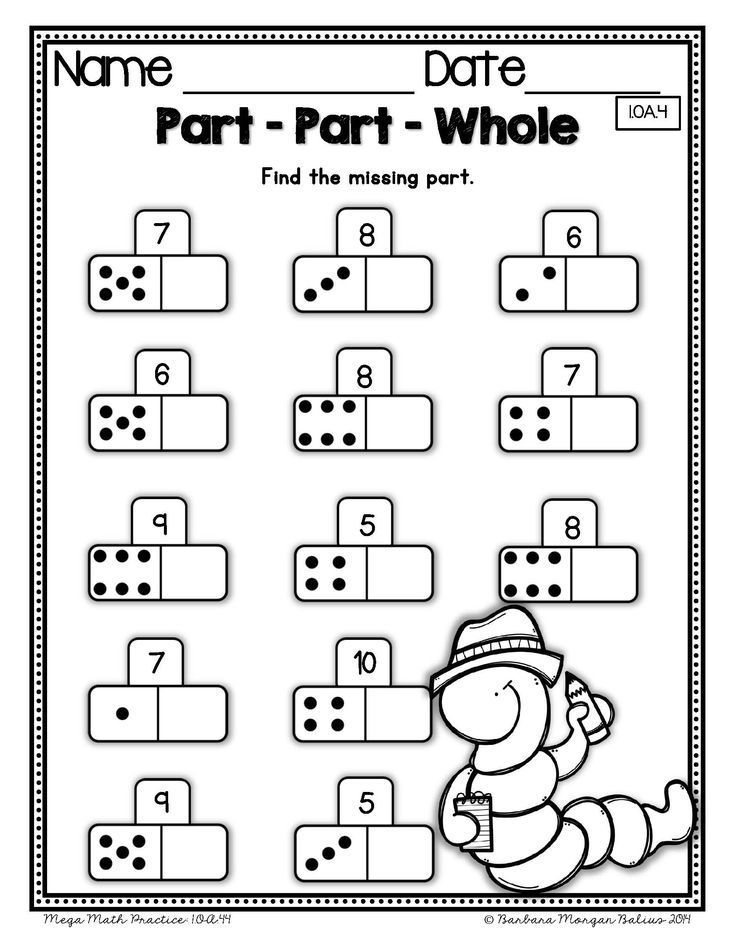
- to develop knowledge of drawing pictures from geometric shapes.
Lesson progress
1. All year round game
- What season is it now? (Spring)
- Name the neighbors of spring. (Winter, summer)
- Name the spring months in order. (March, April, May)
- Name the missing month: December, February. (January)
- Name the missing month: October, December. (November)
- Name the neighbors of winter. (Autumn, spring)
- Name the autumn months in order. (September October November).
- Name the winter months in order. (December January February).
- Name the neighbors of summer. (Spring, autumn).
- Name the summer months in order. (June July August).
- Name all the months in order: September.
(Children pass the ball to each other).
- What month does the calendar year start from? (From January).
- What month does the year end with? (December).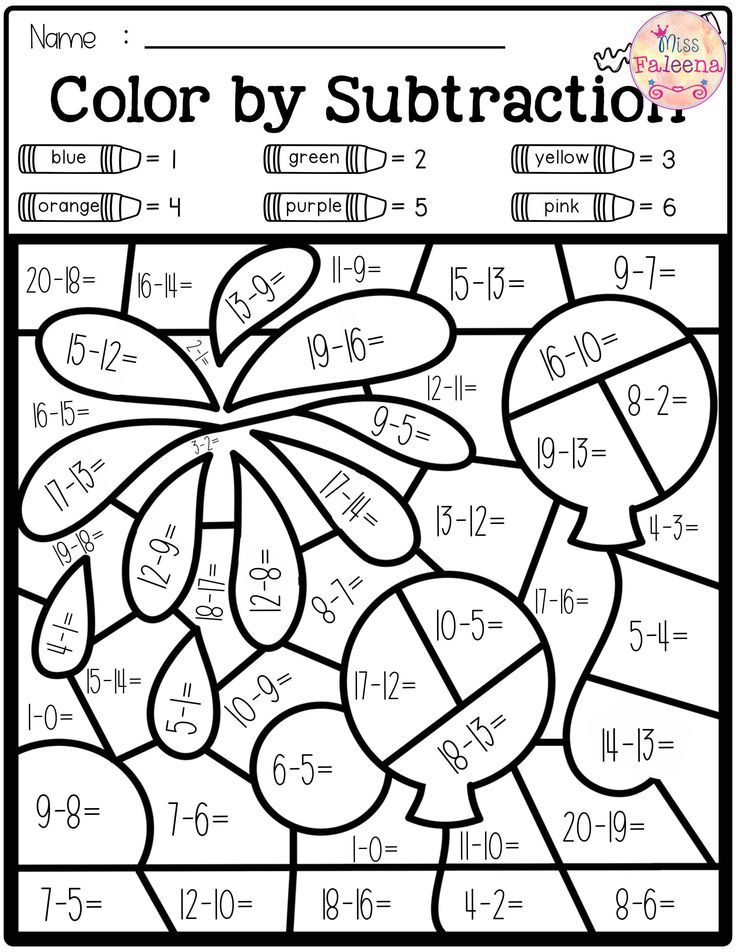
- How many months are there in a year? (12)
- How many seasons are there? (4)
- You guys did a great job quickly.
Now let's try to solve problems.
2. Arithmetic problems
1. Mom put 3 roses and 4 carnations in a vase. How many flowers are in the bouquet? (Children answer -7).
2. We bought 5 cucumbers and 3 tomatoes in the store. How many vegetables did we buy in total? (Children answer -8).
3. Olya and Kolya were watering the garden. Kolya watered 2 beds, and Olya 4. How many beds did the children water together? (Children's answer is 6).
4. 4 kites, 2 owls and 5 ravens flew into our apartment during the week, how many birds were there in total? (Children's answer is 11).
5. Misha put 5 apples in the fruit basket, and Masha came up and took one apple away. How many apples are left in the basket? (children answer - 4)
Educator: Well done guys, you did the job. You can swim further.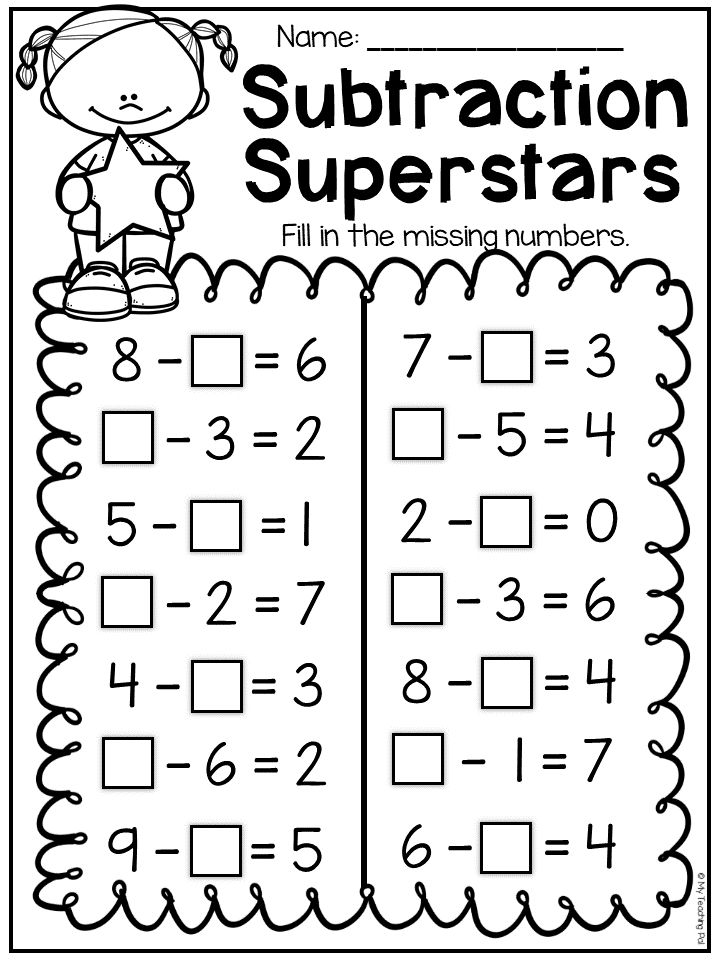
3. “Insert the missing number”
Each child is given a sheet with the task, the children complete the task on their own, then they all check the task together.
4. Game who is the most attentive?
Choose any number. What day of the week corresponds to it? what day are we back?
Dad left on a business trip on Saturday, said he would be back in a week. What day of the week will dad come home?
Physical education
All warm-up movements
are repeated without hesitation!
Hey! They jumped in place.
Eh! We wave our hands together.
Ehe-he! Bent the backs,
We looked at the shoes.
Ege-ge! Bent lower
Bent closer to the floor.
Turn around in place deftly.
We need skill in this.
What did you like, my friend?
Tomorrow there will be another lesson!
(movements are performed according to the text)
5.
